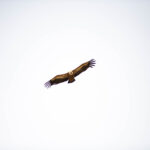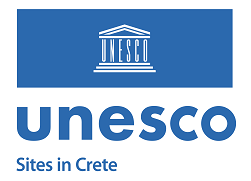Activities
Hiking
The range of the White Mountains is the biggest mountainous volume of Crete. It has 25 signposted paths that give the opportunity to explore the different aspects of the mountainous and seaside areas.
The hiking paths start from plateaus like Omalos and Askyfou, settlements like Agia Roumeli, Anopoli, Aradena and go through gorges like Samaria, Imbros and Agia Irini. There are mountain refuges like Kallergi, Katsiveli, Volikas and Tavri, that can be reached by car or hike. From there, there are paths to the peaks, 58 of which rise above 2000m with Pahnes the highest at 2453m.
Most of the itineraries are of moderate difficulty; the more demanding require climbing knowledge and gear, especially during the winter. Although many visitors come to cross the Samaria gorge, there are many more paths within the E4 European network that you can explore during the summer months.

Canyoning
The southern part of the White Mountains consists of gorges and steep slopes that reach the Libyan Sea. The gorges develop almost parallel to each other, defining separate areas and providing access from the mountainous hinterland to the coastline.
The fragmentation of the terrain created adequate conditions of isolation to allow the development of a big variety of endemic flora and fauna. The landscape inside the gorges alternates between gentle and steep, arid and lush areas with running waters.
There are at least nine gorges, half of which are accessible to all, whereas at least two, require experience and special equipment.
The emblematic Samaria gorge is the main attraction and is the main destination for the nature loving visitors. It requires a hike of six to seven hours and offers a complete immersion in the nature and culture of the area. The gorges of Agia Irini, Aradena, Imbros, Iligas and Sfakiano are accessible and provide beautiful landscapes and lush vegetation. The gorges of Trypiti and Klados are two of the most rugged and require experience and equipment.
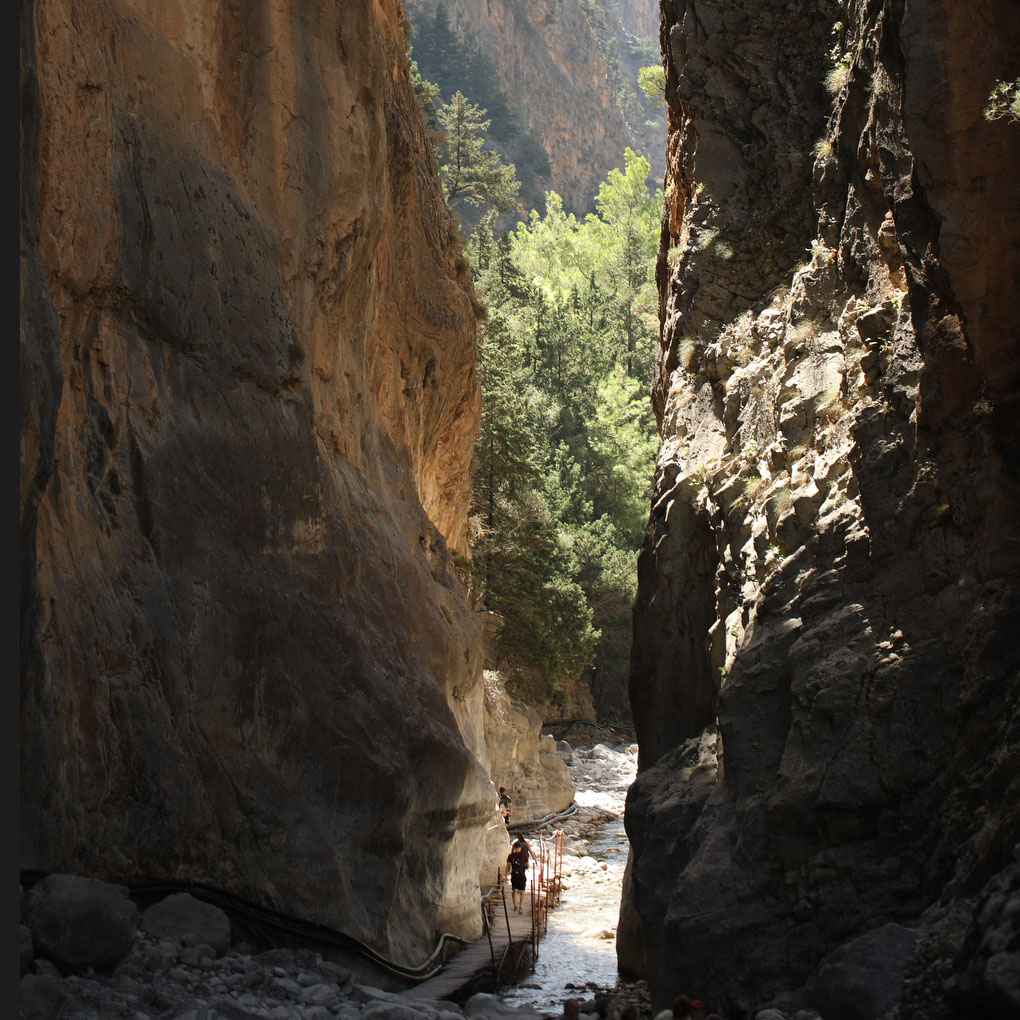
Climbing
Close to the Omalos plateau stands the Sapimeno mountain, with its peak Gigilos reaching 2080m. On its perimeter are 11 climbing routes.
To reach them, you must hike on signposted paths that start from Xyloskalo, the entrance to the Samaria gorge.
The climbing routes are long and difficult and are for experienced athletes. To visit the climbing paths of Gigilos, contact the Mountaineering Club of Chania.
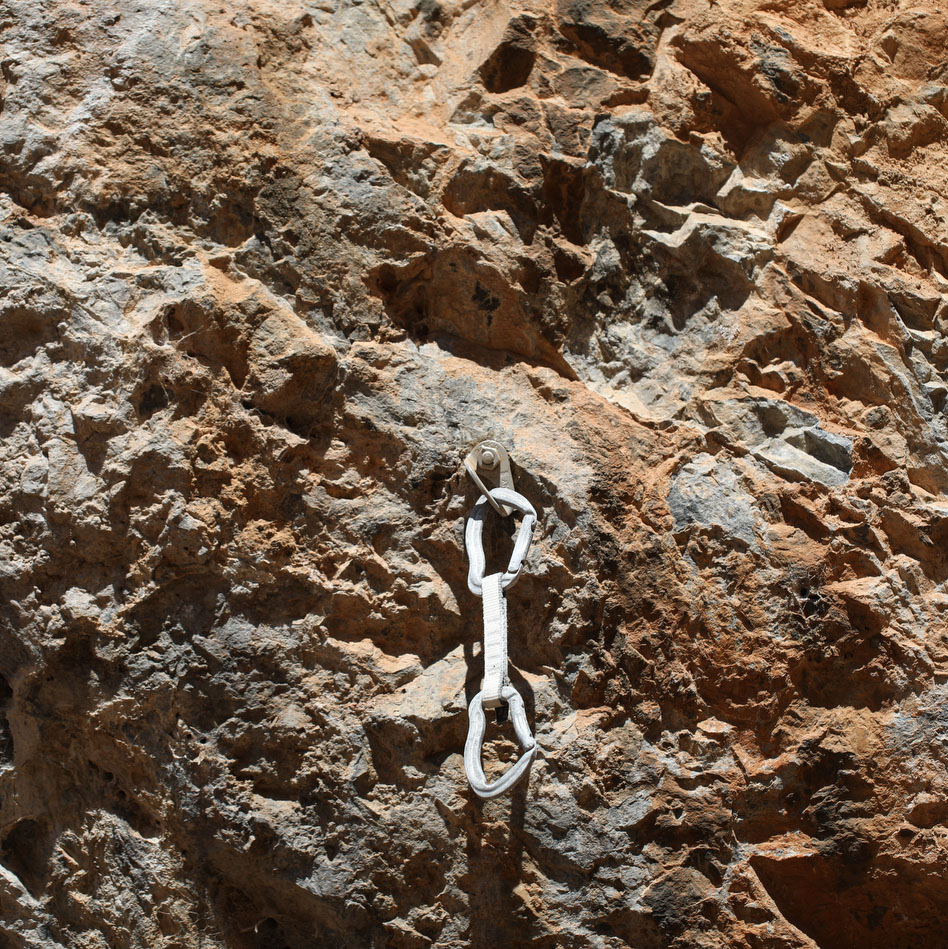
Bungee Jumping
Next to the Aradena settlement is the deepest and steepest gorge of the prefecture of Chania. The area is perfect for nature loving and adventure activities. The gorge is traversed by an iron bridge 138m high. It is the second highest bridge for bungee jumping in Europe. Contact the organisers and reserve a spot if you wish to jump.
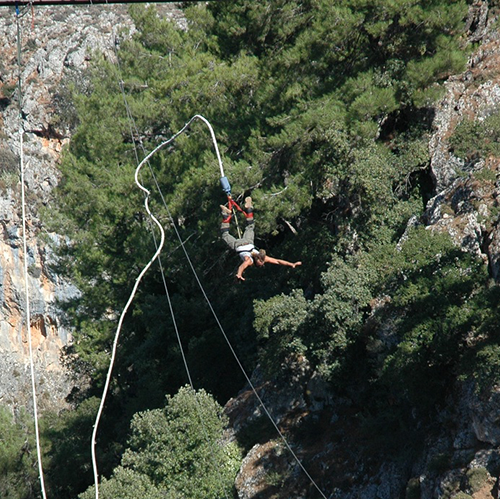
Bird watching
The unique biodiversity of the White Mountains provides a welcoming habitat for 199 varieties of birds, many of which nest in wetlands, forests, and meadows. More than half of those live permanently in the area. The others are migratory birds, that stop in Crete for a rest during their long migration journey.
The steep rocky areas and the shrubs of the White Mountains are important habitats for both local and migratory birds of prey. On rocky grounds and bushes, you can see owls, crag martins, blue rock thrushes, black eared wheatears, chuckar partridges and more.
Among the big birds of prey of the area are the bearded vulture and the golden eagle. The bearded vulture, called kokkalas (bone eater) by the locals, eats almost exclusively the marrow extracted from the bones of dead animals and nests in the steep slopes of the White Mountains.
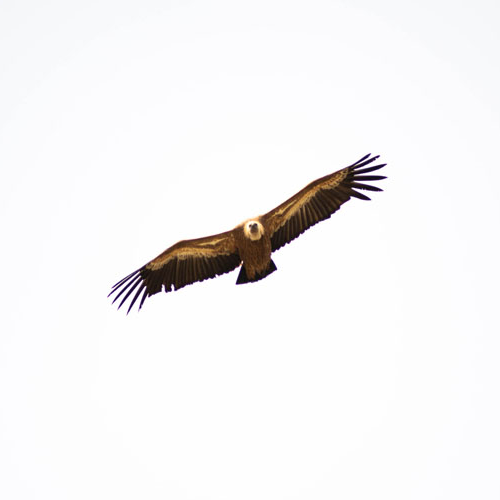
Caving
The caves of the National Park are the result of the geomorphology and the erosion produced by the water.
The geopark has more than 1400 caves, for the most part chasms with steep, vertical descents. Very few are accessible. Worth noting is the Drakolaki cave, that has an underground river with rich stalagmite and stalactite formations, and the Kormokopos cave with an impressive entrance and a big hallway.
Famous are the two deepest caves of Greece: Gourgouthakas is 1208m deep and was discovered by French speleologists in the 90s. The Liodari cave is 1110m deep and was discovered by French and Greek speleologists in 2008. Access to both is only possible with special equipment. The same goes for the Tzanis cave.
